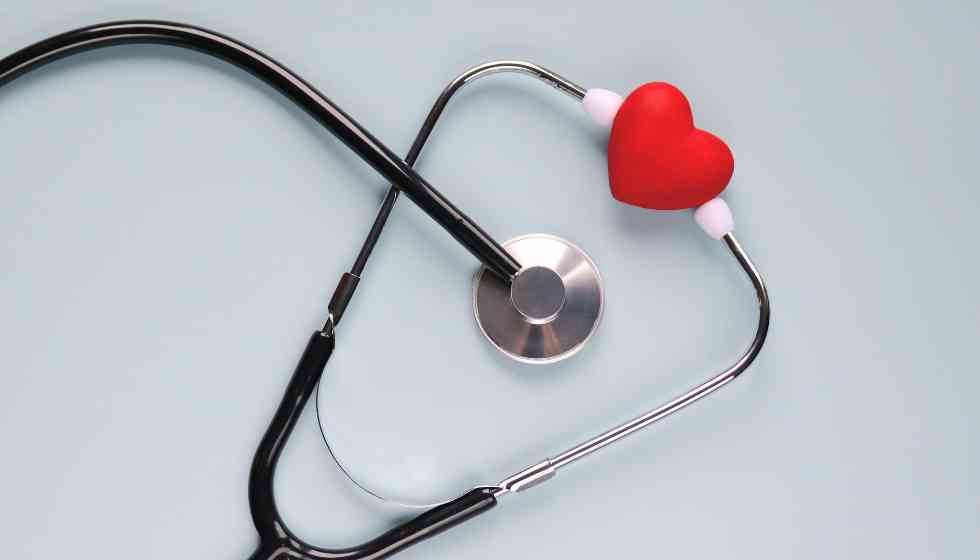The heart contracts and pushes blood into the vessels, causing the arteries to vibrate. They feel like beats, which are called pulses.
What is Pulse?
Pulse is the heart rate, that is, the number of heartbeats per minute. This indicator may vary depending on the age and individual characteristics of the person. It is lower when you are in a calm, relaxed state and increases with stress and physical and emotional activity. Knowing your optimal parameters will help you monitor your health competently, structure your workouts, and select suitable programs and sets of exercises.
Normal heart rate by age
For most adults, including older adults, the normal resting heart rate is between 60 and 100 beats per minute. As children grow, their resting heart rate changes.
According to the National Institutes of Health, the normal heart rate (beats per minute) is as follows :
- Newborns up to 1 month: from 70 to 190;
- Infants from 1 to 11 months: from 80 to 160;
- Children from 1 to 2 years: from 80 to 130;
- From 3 to 4 years: from 80 to 120;
- From 5 to 6 years: from 75 to 115;
- From 7 to 9 years: from 70 to 110;
- 10 years and older: from 60 to 100.
The American Heart Association recommends that moderate-intensity workouts be closer to the lower end of the target heart rate range, which correlates with a person’s age. At the top of the range is the target heart rate for intense training:
- 25 years – 100–170 beats/min – 220 beats/min maximum heart rate;
- 30 years – 95–162 beats/min – 190 beats/min;
- 35 years – 93–157 beats/min – 185 beats/min;
- 40 years – 90–153 beats/min – 180 beats/min;
- 45 years – 88–149 beats/min – 175 beats/min;
- 50 years – 85–145 beats/min – 170 beats/min;
- 55 years old – 83–140 beats/min – 165 beats/min;
- 60 years – 80–136 beats/min – 160 beats/min;
- 65 years old – 78–132 beats/min – 155 beats/min;
- from 70 and older – 75–128 beats/min – 150 beats/min.
These figures are considered averages and should be used as a general guide. During an individual consultation, a doctor or trainer can determine the optimal target heart rate range for you.
One of the main functions of the heart is automation. That is, it is capable of independently activating and generating electrical impulses. Next comes conductivity, excitability and contractility. Each age category has its own heart rate standards. Throughout life, this indicator constantly changes from higher to lower. Its highest value is observed in newborns and averages 140 beats per minute. This is due to the fact that the volume of blood that the body requires per unit time is determined by the heart rate and the force of ejection, which depends on the volume of blood expelled.
In children and women, the heart size is usually smaller, so the heart rate is higher to ensure sufficient oxygen flow to the organs. For example, Athletes have very powerful muscles that can push out a lot of blood at once, so their pulse is low. It is also associated with the regulation of the autonomic nervous system.
At a young age, the sympathetic nervous system prevails, hence the high heart rate numbers. In the elderly, the parasympathetic nervous system, and accordingly, the pulse numbers are lower. Normally, the heart rate of men and women differs slightly; on average, the former has five to seven beats less. The difference is due to anatomical features.”
How to measure your pulse
If you don’t have a heart rate monitor at hand, you can measure your heart rate yourself. Follow the instructions:
1. Breathe calmly
Try to relax, not talk or move. In a static body position, the indicators will be most accurate.
2. Take a stopwatch
Or just look at the clock. This is important to count the exact number of beats in the correct time frame.
3. Apply pressure to the artery and count the number of strokes
Place the tips of your index, middle and ring fingers on the lower part of your neck on the side of your trachea. The second option is to press them to the inside of the second hand, on the wrist. Choose the method that allows you to feel the pulsation of the artery.
4. Press lightly with your fingers
The force should be minimal; there is no need to press the veins, but it is important to feel how the blood is pulsating. You may have to move your fingers from side to side to find the most visible point.
5. Time yourself
Count the beats you feel for 10 seconds. Then, multiply that number by 6 to get your heart rate per minute.
Once you’ve learned how to measure your heart rate, you can begin to calculate and monitor your target heart rate during your workout. Suppose measurements are made manually and not using a fitness bracelet. In that case, you will have to take a break between exercises to calculate the indicators at rest.
Why there may be a low pulse: reasons
Bradycardia is a slower-than-normal heart rate (less than 60 beats per minute). It can become a serious problem if the heart does not pump enough oxygen. This manifests itself in symptoms:
- Dizziness;
- Constant fatigue;
- Chest pain;
- Memory problems;
- Confusion;
- Rapid fatigue during physical activity.
Bradycardia can be caused by:
- Damage to cardiac tissue;
- Heart attack;
- Congenital heart defects;
- Infection;
- Complications after surgery;
- Underactive thyroid gland (hypothyroidism);
- Imbalance of potassium and calcium in the body.
For severe abnormalities, doctors use pacemakers to help the heart maintain an optimal heart rate. However, for some people, a low heart rate does not cause unpleasant symptoms or complications.
Why there may be a high pulse: reasons
Tachycardia is the medical term for a heart rate of more than 100 beats per minute. [6] . With a high pulse, the heart cannot cope with pumping blood to all systems and organs of the body. This leads to oxygen starvation and the following symptoms:
- Shortness of breath;
- Discomfort, chest pain;
- Fainting.
Tachycardia can be determined in some people only by measuring the pulse and an electrocardiogram. Sometimes, it’s normal to have a racing heart. Heart rate may increase due to non-cardiac factors such as:
- Heat;
- Low red blood cell count (anemia);
- Excessive use of stimulants, including caffeine;
- Stress;
- Poor physical fitness.
Sometimes, tachycardia is asymptomatic or without complications. But if left untreated, the body’s normal functioning can be disrupted, leading to serious complications, including heart failure.


